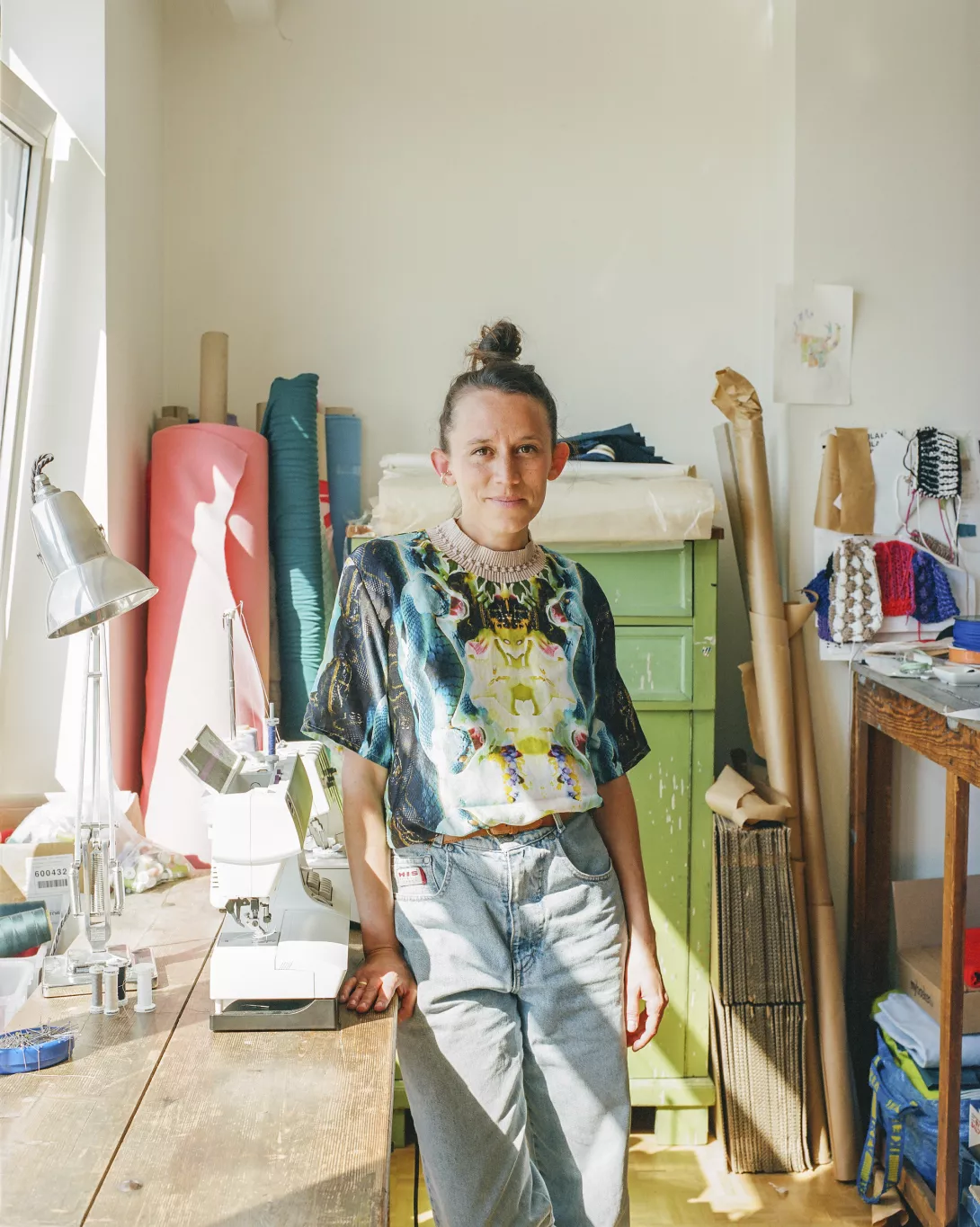Place du Nouveau Marché aux Grains 10
Nieuwe Graanmarkt 10
1000 Brussels
Nieuwe Graanmarkt 10
1000 Brussels
contact@mad.brussels
+32 2 880 85 62
+32 2 880 85 62

“When it comes to costumes, it's about finding harmony and equality on stage while still aiming for the best appearance for everyone."
Interview with Lila John
Meet Lila, a fashion designer passionate about colors, art, and clothing. Her fashion brand Lila&John is renowned for sustainable, bold, and versatile knitwear with an urban touch. Lila's designs move effortlessly from casual to chic and appeal to all ages and backgrounds. Her collections empower wearers and highlight their inner beauty. In addition to her own brand, Lila collaborates with choreographers and artists, including Anne Teresa De Keersmaeker. You can discover a piece by Lila for Rosas at our Fashion Moves expo.
MAD spoke with Lila John about her sources of inspiration, her ready-to-wear brand and costume collections and her collaborations with performers and choreographers.